Know Your Craft: 4 Things to Know About Face-Puckering Sour Beers
For many people who hear the words “sour beer,” the first thing that comes to mind is Belgium—with the most famous, of course, being the Lambic. But styles extend well beyond that. Brewing the tart, fruity, complex, and unique flavors is a difficult—often unpredictable—process and, as a consequence, the beers have been hard to find in recent years.
In a short period of time, though, things have changed, and it’s become common to find sour beers on beer menus and store shelves. As of right now, sour beers may still be just slightly unpopular enough for hipsters to drink, but not for long. Major brewers like Sam Adams are releasing sours and, to be honest, we’re pretty happy about it. Sours are the funkiest beers around and a welcomed change from time to time.
In this post, we’re going to run down four things you should know about sour beers, so you’ve got something to talk about the next time that tang tickles the back of your throat.
1. Every beer used to have some element of sourness to it
People have been brewing beer for millennia. And at some point in history, nearly every batch of beer had an element of sourness to it. Brewers just didn’t have access to the pure yeast cultures that are available today.
As Sarah Zhang said in a Gizmodo article last year, “In the old days, they inoculated a new batch with the dregs of the old one—undesirable bacteria and yeast and all. These unwanted microbes made acid, giving the beer a distinct sour note.”
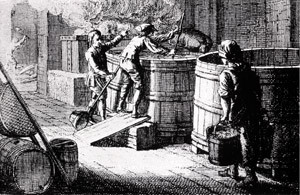 But as she went on to explain, a major development happened over one hundred years ago. In 1883, “Emil Christian Hansen managed to isolate a single cell of yeast in his lab at the Carlsberg Research Institute in Copenhagen (yes, that Carlsberg). By serially diluting a solution, he got single cells of yeast that he then grew in sugar-rich wort. Give it time, and you've a got pure yeast culture.”
But as she went on to explain, a major development happened over one hundred years ago. In 1883, “Emil Christian Hansen managed to isolate a single cell of yeast in his lab at the Carlsberg Research Institute in Copenhagen (yes, that Carlsberg). By serially diluting a solution, he got single cells of yeast that he then grew in sugar-rich wort. Give it time, and you've a got pure yeast culture.”
Apparently, the yeast Hansen isolated was for a lager, and he was more than willing to share his new discovery with others in Europe. We can thank Hansen for many of those lagers that have dominated the store shelves for so many years.
Image source: German Beer Institute
2. Three main microbes are responsible for most sour beers today
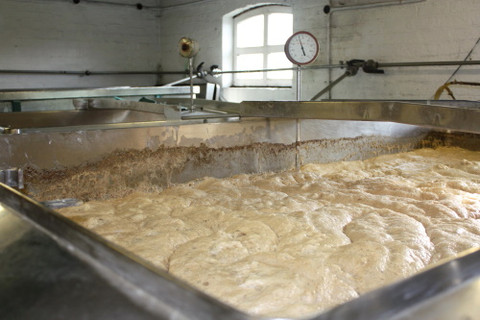
Most non-wild beer is fermented with one yeast strain—saccharomyces. And as mentioned above, any beer may be “soured” by introducing wild yeast or bacteria into the brewing process. But a whole subset of sour beer styles has arisen over time with specific guidelines for using three microbes. Kate Bernot shared a few facts about these microbes in Draft Magazine earlier this year:
- Brettanomyces (“Brett”): Similar to saccharomyces, brett is strain of yeast used to ferment beer. However, it works at a significantly slower rate. For instance, a beer that would take days or weeks to ferment with saccharomyces would take weeks or months to get to that degree of character. It can be unpredictable, and has a number of strains which produce unique flavors. According to Bernot, “Brett is the microbe responsible for funk.”
- Lactobacillus (“lacto”): Unlike the yeast brett, lacto is a bacteria that converts sugars into lactic acid, which lowers the pH level. You may have heard of it, because it can be found in lots of everyday foods like yogurts. The sourness it creates is much crisper and cleaner, and according to Bernot, “It’s responsible for the tang of German styles like goses and Berliner weisses.”
- Pediococcus (“pedio”): Like lacto, pedio is a bacteria that creates lactic acid, and taste of sourness as a result of a lowering pH level. Some people, though, think pedio creates a much more intense sourness than lacto. As Bernot explaind, “While lacto produces a clean sourness, pedio can contribute other funky aromas and flavors to the mix. It gives Brett more fuel to work with, so they’re often used together.”
Outside of these main critters, some brewers allow wild bacteria and yeast to enter the fermentation process simply by leaving open vats of wort exposed to the natural air. This can be more unpredictable, but there are brewers that swear by the ingredients living right in their breweries. For instance, Paste Magazine shared an example:
“Some brewers are so scared to mess with the natural balance of their brewhouses—and consequently the flavor of their beer—that they’ll leave cobwebs hanging from the ceiling.”
an open fermentation tank at high krausen
3. Signs indicate the sour beer market is growing
The U.S. and many other areas of the world are on board with the craft beer craze. Average beer drinkers’ palates are maturing, and at the same time options beyond those offered by the traditionally dominant “big beer” companies are expanding rapidly. To validate that, we can look to recent news from the National Brewers Association, which released data showing that for the first time craft brewers reached double-digit volume of market share—11%—in 2014.
Driving lots of that growth, IPAs were the most popular craft beer style in 2014. Craft Brewing Business listed out the top five craft beer styles of 2014 based on retail scan data:
- IPA …………. 22.7 dollar share………… 46.9% volume growth
- Seasonal…… 16.8 dollar share………… 9.9% volume growth
- Pale Ale……. 10.6 dollar share………… 10.1% volume growth
- Variety……… 7.8 dollar share…………. 20.3% volume growth
- Amber ale…. 5.7 dollar share………….. 11.8% volume growth
This leaves little room for sours, but our own experiences show that they’re making their way onto many beer lists and are significantly easier to find today than in the past. There’s a small but growing cult following around sours—especially among bars and beer stores that are destinations for avid craft beer drinkers.
Although sour beers have been around forever, a quick look at Google Trends shows people only recently started even talking about them a lot (the flat line doesn't mean nobody was talking about them prior to 2008, it just means there weren't relatively many Google searches):
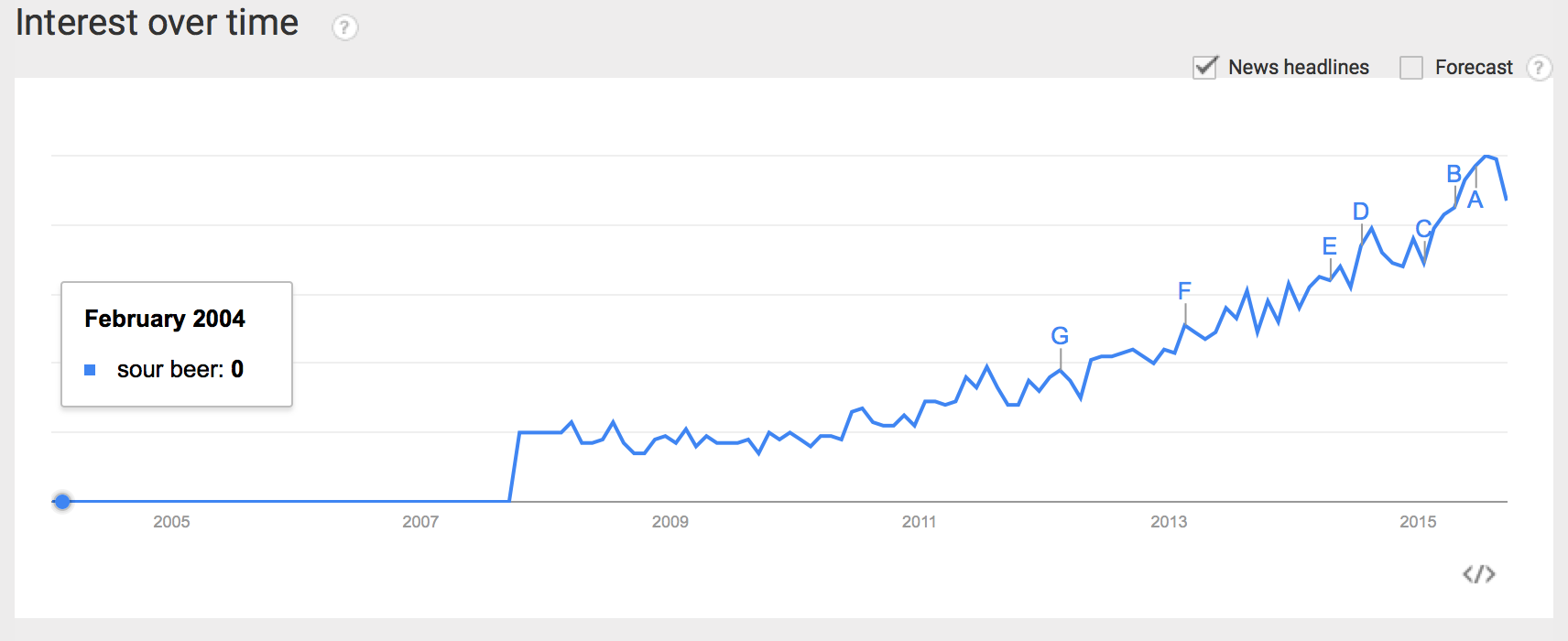
What’s more, earlier this year, we asked seven different Boston-area brewers for their thoughts on evolving beer tastes and many of them mentioned sours. Dann Paquette, Brewer at Pretty Things Beer & Ale Project and industry veteran put it into perspective.
He said, “I'm not sure tastes are evolving but because of the internet beer drinkers are well aware of all of their possibilities. To be honest, I don't really know or care where this is going next. Hopefully it can get back to using the great raw materials beer gives us, rather than the gimmicked-up beers that really don't do anything to promote this brilliant beverage. I'm certain sour beer will continue to grow in market share, as will hoppy beer.”
4. It is possible to brew sour beer at home
As mentioned above, brewing sour beer is a -somewhat- unpredictable process that typically takes much longer than brewing a standard batch of beer, but that doesn't mean you can't do it yourself.
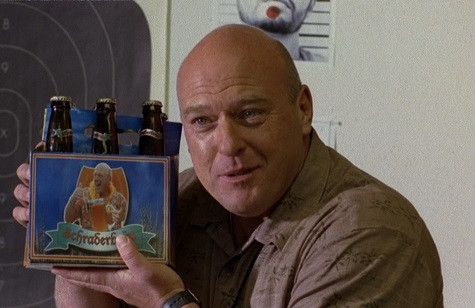 According to Tomme Arthur, Director of Brewery Operations for Port Brewing in California, some brave homebrewers use dregs of yeast cultured from previous batches. Though, those cultures typically contain a variety of critters that may interfere with the souring strain (most notably, saccharomyces itself, which can dominate the fermentation process) which makes separating each type for fermentation not an option. Homebrewers interested in obtaining isolated cultures can find them at Wyeast or White Labs.
According to Tomme Arthur, Director of Brewery Operations for Port Brewing in California, some brave homebrewers use dregs of yeast cultured from previous batches. Though, those cultures typically contain a variety of critters that may interfere with the souring strain (most notably, saccharomyces itself, which can dominate the fermentation process) which makes separating each type for fermentation not an option. Homebrewers interested in obtaining isolated cultures can find them at Wyeast or White Labs.
It's also suggested that you have a dedicated set of equipment for fermenting sour beers, since these strains are hard to get rid of and can survive between batches in the nooks and crannies of your brewing equipment and could potentially sour your next beer inadvertently. And finally, beware of bottling too early - since sour yeast strains can ferment for a long time and might put your bottled sour under a lot of pressure. Depending on your timing and choice of yeast, you may have some bottle bombs to contend with. That's not something you want to wake up to in the middle of the night (just ask Agent Hank Schrader).
More info on brewing sours here and check out our list of micro-brewing kits here.
A few sour beers to try
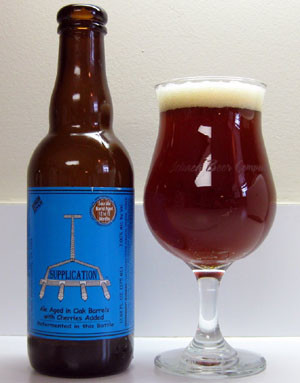 There are many different styles of sour beers, from lambic to American wild ales, flanders red ale, Berliner weisse, gose, and more, so if you’re just starting your sour journey, keep that in mind. The typically fruity flavors vary wildly with dominant tones of vinegar to earthiness to tang. But here are a few (maybe local for you) picks from us to get you started:
There are many different styles of sour beers, from lambic to American wild ales, flanders red ale, Berliner weisse, gose, and more, so if you’re just starting your sour journey, keep that in mind. The typically fruity flavors vary wildly with dominant tones of vinegar to earthiness to tang. But here are a few (maybe local for you) picks from us to get you started:
- Duck Duck Gooze, The Lost Abbey
- Supplication, Russian River Brewing Company
- La Roja, Jolly Pumpkin Ales
- Prolegomena, Hill Farmstead Brewery
- Oude Tart, The Bruery
- Serenity, Wicked Weed
- Sour Golden Ale, Backacre Beermakers
- Atrial Rubicite, Jester King Brewery
- Nightmare on Brett, Crooked Stave
- Sang Rouge, Cascade Brewing
Craft beer is such an exciting thing to explore. As a craft beer lover, you’ve got to be willing to let go of the railing (probably your IPAs) and discover what’s out there. Breweries are doing some very cool things right now—especially in the realm of sour beers. Let us know what your favorite sour beers are by tweeting to @boxbrewkits.

